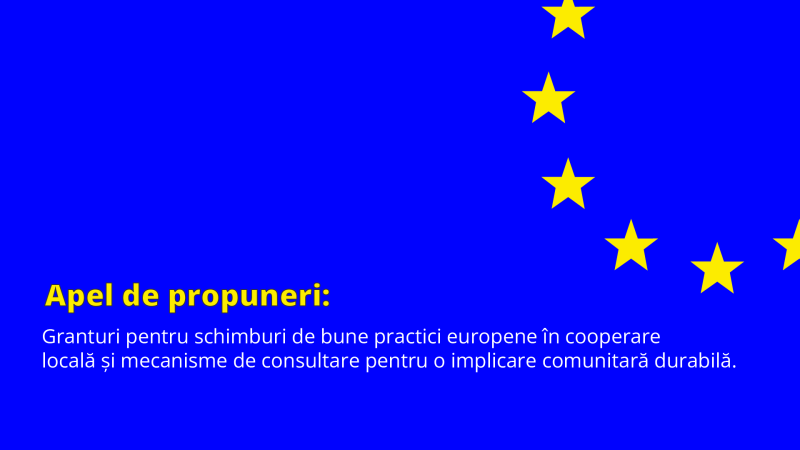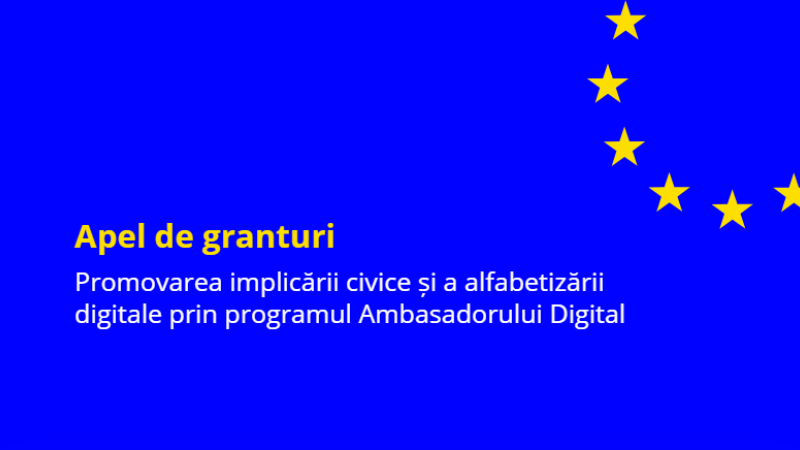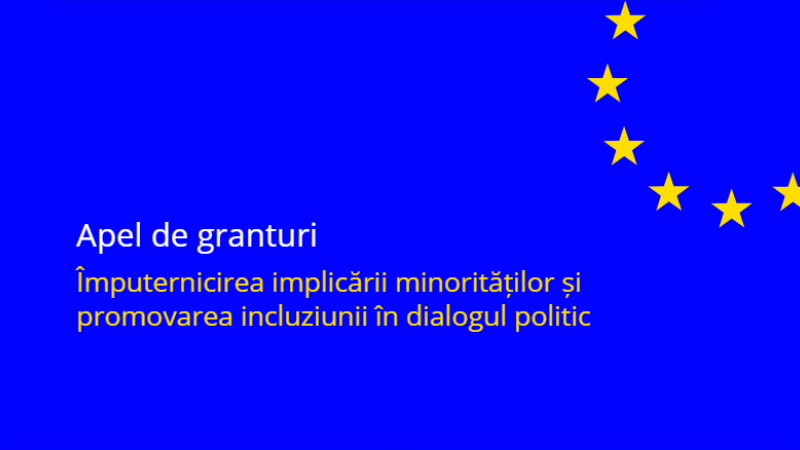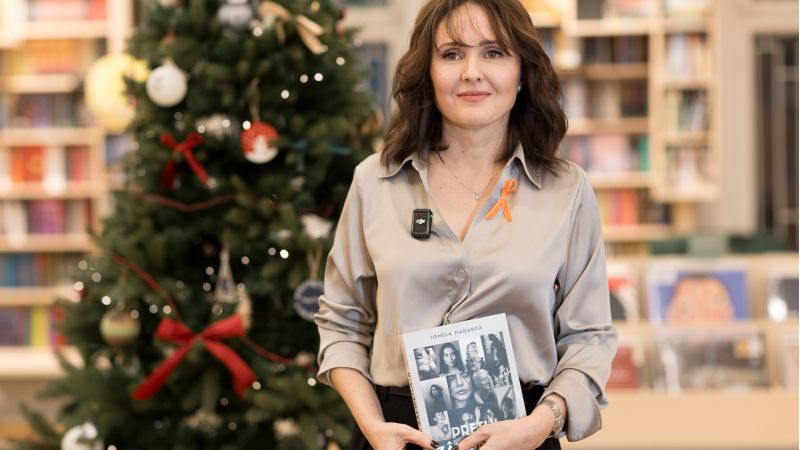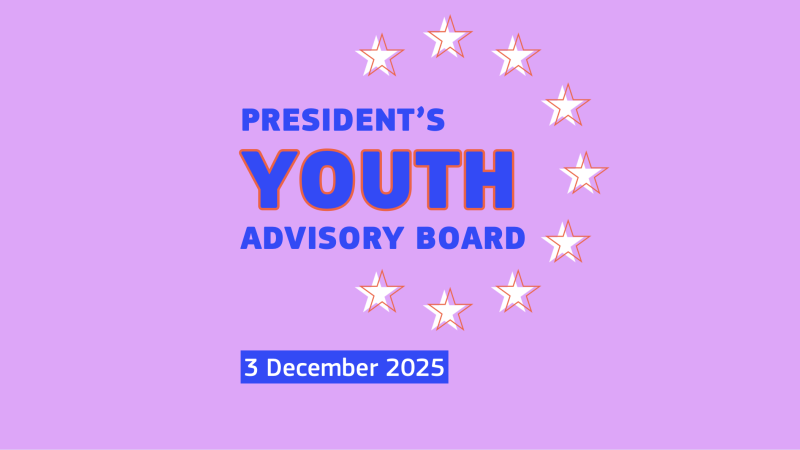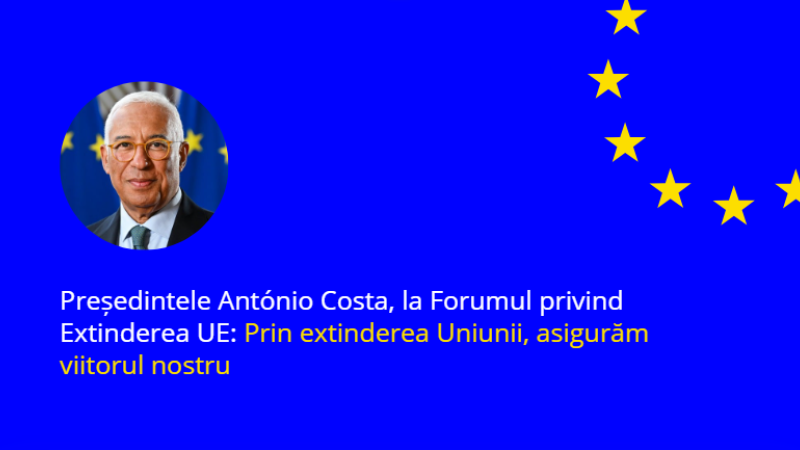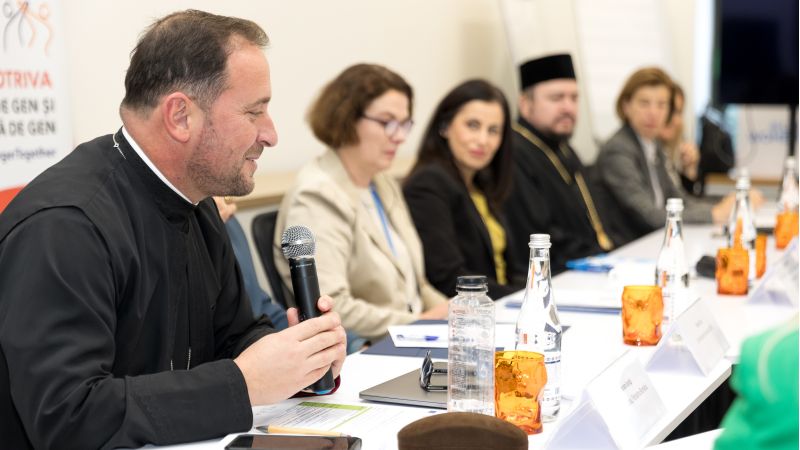
EU4Digial: pandemia COVID-19 a clarificat necesitatea conectivității digitale și a accesului la serviciile digitale
Cercetările efectuate de Banca Mondială au arătat că aproximativ jumătate dintre firmele chestionate au răspuns la criza pandemică utilizând tehnologii digitale și soluții digitale. În mod similar, oamenii au trecut, acolo unde este posibil, la moduri online de cumpărături, muncă și socializare. De exemplu, platformele de conferințe video online, cum ar fi Zoom, au înregistrat o creștere de 30 de ori a participanților la întâlniri zilnic între sfârșitul anului 2019 și mijlocul anului 2020. Chiar și căutările de comerț electronic / ‘e-commerce’ pe principalul motor de căutare Google au înregistrat un salt la începutul anului 2020, deoarece majoritatea țărilor din întreaga lume și-au început lockdown-urile.
Odată cu utilizarea tot mai frecventă a tehnologiilor și soluțiilor digitale, acum este mai urgent ca țările să depășească decalajele de lungă durată în ceea ce privește accesul la conectivitate. Și datorită creșterii exponențiale a serviciilor și a aplicațiilor care se bazează mai mult pe conectivitatea în bandă largă de mare viteză, va fi esențial ca țările să accelereze accesul la internet pentru toți, fără excludere sau discriminare. Acest lucru va permite tuturor oamenilor, întreprinderilor și instituțiilor să treacă la digitalizare ca răspuns la această pandemie, dar și să se pregătească pentru o recuperare rezistentă precum și pentru șocurile viitoare.
Obiectivele Societății Gigabit a Uniunii Europene indică calea către o viziune a unei astfel de societate conectată. Acestea pregătesc terenul ca țările să lucreze pentru depășirea decalajelor în materie de venituri, locație, demografie și accesibilitate care i-au împiedicat pe mulți oameni să acceseze oportunitățile digitale. Banca Mondială a colaborat îndeaproape cu Comisia Europeană, în cadrul Inițiativei EU4Digital, pentru a sprijini țările Parteneriatului Estic (PaE) – Armenia, Azerbaidjan, Belarus, Georgia, Moldova și Ucraina – la dezvoltarea și actualizarea strategiilor lor naționale privind banda largă și la identificarea foilor de parcurs pentru realizarea conectivității la nivel de gigabit.
Banda largă gigabit este posibilă în țările din PaE
Țările partenere din est s-au descurcat bine pentru a spori accesul la internet pentru populațiile lor: începând din 2019, mai mult de două treimi dintre persoane erau utilizatori de internet. Cu toate acestea, constatările analizei efectuate de Banca Mondială sugerează că majoritatea utilizatorilor de internet, și cu siguranță cei mai bine conectați, se află în zonele urbane. În plus, este posibil ca rețelele existente să nu fie capabile să susțină viteze la nivel de gigabit: după cum arată figura 1, între un sfert și nouă zecimi de gospodării nu sunt în prezent abonați la tehnologia FTTH (fibre to the home), care este probabil tehnologia de rețea pentru a livra astfel de viteze. Rețelele de generația a cincea (5G), care ar putea, de asemenea, să livreze o astfel de calitate, sunt lansate abia acum în aceste țări, sugerând un drum lung pentru a atinge aceste obiective.
Cu toate acestea, țintele date sunt realizabile. Țări precum Singapore și Emiratele Arabe Unite au văzut că rețelele FTTH acoperă majoritatea populațiilor lor. Printre țările mai mari, China a reușit să conecteze majoritatea gospodăriilor sale la FTTH. Țări precum Lituania și Spania înregistrează deja viteze fixe de conexiune la internet în bandă largă peste 100 Mbps. Calea fiecărei țări către o societate gigabit va fi diferită, dar aceste exemple sugerează că țările Parteneriatului estic au diverse bune practici pentru a-și defini foile de parcurs și a ajunge la conectivitate gigabit pentru toți.
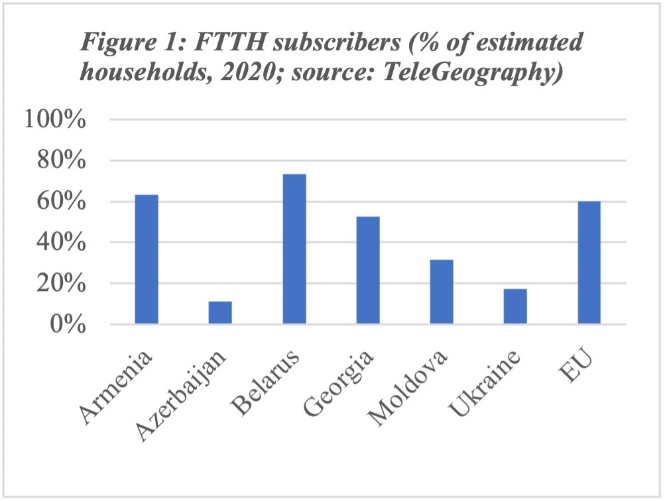
Ingredientele principale pentru bandă largă pentru toți
Într-adevăr, experiența globală și bunele practici – încorporate bine în practicile și cadrele de reglementare ale Uniunii Europene – evidențiază anumite teme comune care stau la baza piețelor de bandă largă care funcționează bine. Acestea includ, în special:
- Creșterea presiunii concurențiale asupra furnizorilor de servicii în diferite sub-segmente ale lanțului valoric – de la primul la ultimul kilometru prin piețe sau acțiuni de politici – pentru a îmbunătăți rezultatele pieței pentru consumatori;
- Mobilizarea investițiilor private pentru extinderea rețelelor și îmbunătățirea calității serviciilor, inclusiv prin utilizarea strategică a finanțării publice pentru a elimina riscurile legate de investițiile private acolo unde este necesar; și,
- Abilitarea utilizatorilor digitali pentru a stimula cererea, a acumula cunoștințe despre utilizările productive ale benzii largi, pentru a crește incluziunea digitală și pentru a maximiza impactul economic.
În special, facilitarea piețelor competitive și atragerea investițiilor private sunt elemente esențiale pentru țările din PaE pentru a-și elibera potențialul de conectivitate gigabit. Investițiile necesare pentru a atinge acoperirea universală FTTH sunt semnificative – la sfârșitul anului 2020, am estimat că nivelul investițiilor necesare pentru a atinge o acoperire de 100 % cu fibră optică în cele șase țări din cadrul PaE s-a situat între 4 și 14 miliarde EUR. O mare parte din acestea pot fi mobilizate din surse private dacă mediile care permit acest lucru creează stimulentele și presiunile adecvate. Lacunele specifice care persistă – în cazul în care dezvoltarea benzii largi este puțin probabilă din punct de vedere comercial într-un interval de timp rezonabil, din motive legate de un potențial de costuri ridicate, de venituri scăzute sau de o concurență limitată – ar putea fi luate în considerare pentru o anumită formă de finanțare publică sau pentru a elimina riscurile.
Eforturile paralele de a crește valoarea conectivității în bandă largă pentru oameni și companii vor extinde piețele. Aceasta ar putea include programe de alfabetizare digitală, dezvoltarea cazurilor de utilizare în bandă largă care oferă oportunități sociale și economice și o digitalizare mai profundă a serviciilor publice și private.
Gestionarea cererii în timp ce se reduc decalajele
Țările PaE pot face mai mult pentru a mobiliza capitalul privat și pentru a închide decalajele digitale. Acest lucru va necesita actualizarea cadrelor legale pentru a crește presiunea concurențială pe piețele de bandă largă, pentru a reduce costurile extinderii benzii largi, pentru a permite introducerea rapidă a noilor tehnologii (precum 5G) și pentru a stimula competența și independența în materie de reglementare. Acest lucru va crea condițiile pentru mobilizarea capitalului privat, la care se adaugă programe specifice pentru a aborda în continuare lacunele și diferențele dintre acestea prin intermediul programelor din partea cererii, țările partenere din est se pot poziționa ferm pentru a se redresa în economia digitală globală.
Pentru mai multe informații, accesați: https://eufordigital.eu/ro/achieving-gigabit-connectivity-in-the-eastern-partner-countries/

